Myrcianthes fragrans
Simpson's stopper
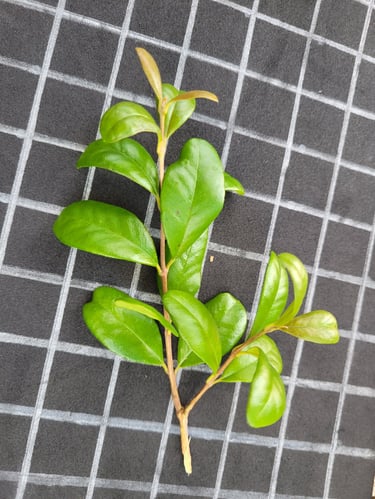

Basic description: small multistemmed evergreen tree/large shrub with opposite simple leaves
Mature size: 15-20 feet, taller than wide
Typical natural location: hardwood hammocks
Typical landscape location: occasional use for buffers, hedgerows
Branch arrangement, structure, other features: opposite branching, typically multi-stemmed, branches very thin
Bark texture, color, other features: bark smooth and gray/light brown
Leaf structure, shape, color, size, persistence, other features: leaves evergreen, 1-2 inches long by 0.5 inch wide, simple, elliptic with obtuse tip, margins entire, margins recumbent, growing at near 90-degree angle from stem, new growth reddish
Flower color, size, form, arrangement, blooming period, persistence, other features: white to beige, growing in clusters in axils on branches, small, light fragrance, blooms in spring and summer
Fruit type, size, color (early/ripe), form, persistence, time of year, other features: berry, round, 1/4 to 1/2 inch, starts green then turns yellow, then red and then nearly black, matures late spring to mid summer. Fruit may be in different stages at the same time on the tree.
Root features: no prominent roots
Key features for identification: leaves feel thick, all leaf margins recumbent, small opposite leaves stems very thin, branching opposite
Similar species/often confused with:
Spanish stopper (Eugenia foetida)
Similar features: opposite simple leaves, multistemmed growth form
Distinguished by: Simpson's stopper has smaller leaves than Spanish stopper, Simpson's leaves are thicker, and all leaves on Simpsons have strongly recumbent margins. Flowers on Simpson's stopper are on stalks whereas on Spanish stopper they sit on the stem in axils.
Gallery
Share your experience with the community!
Whole Plant/Form
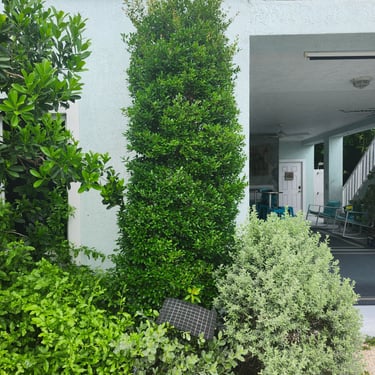
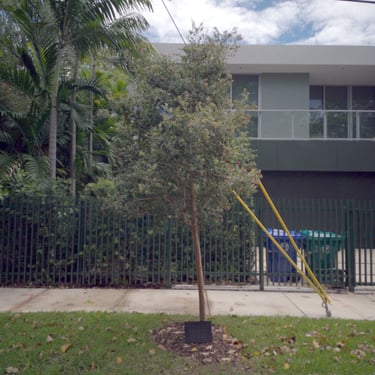
Leaves - general
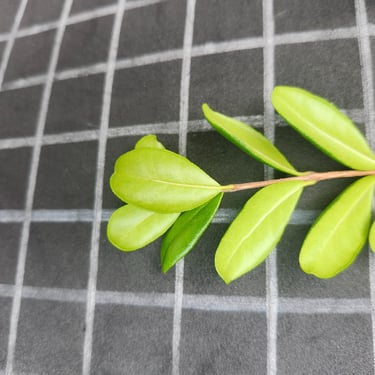
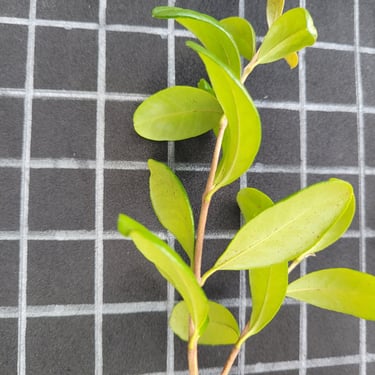
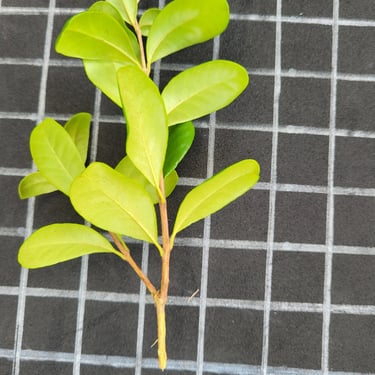
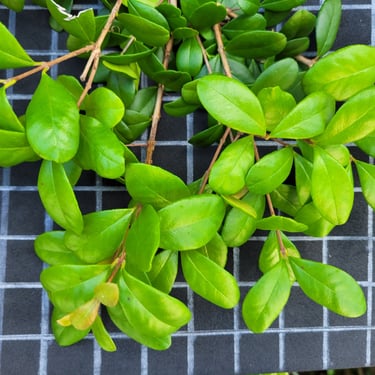

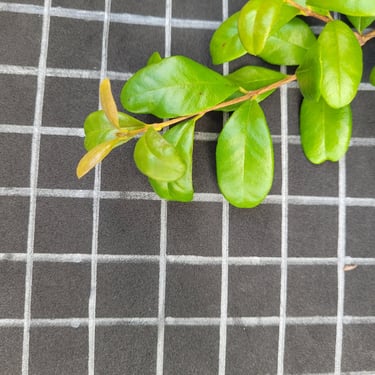
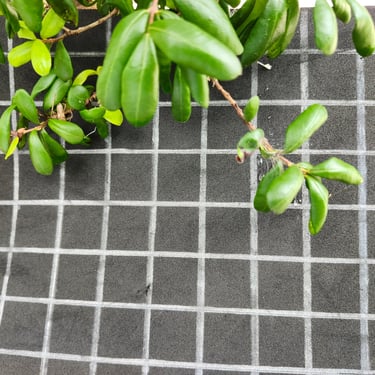
Leaves - new growth
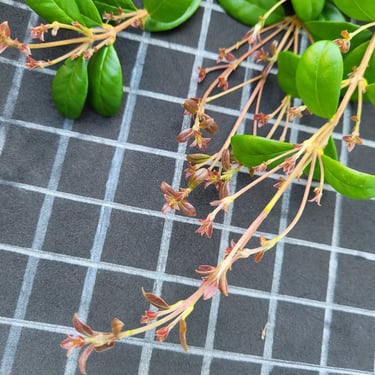
Leaves - dead, diseased or special case
Flowers - general
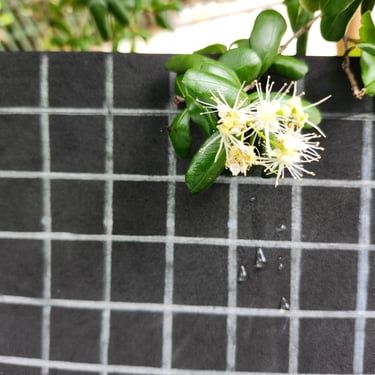
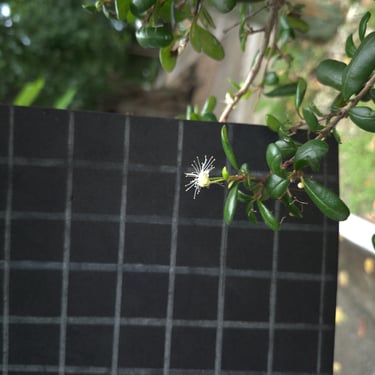
Flowers - early emergence
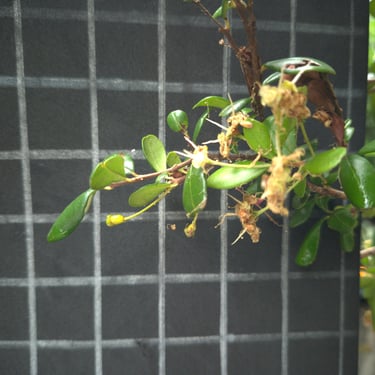
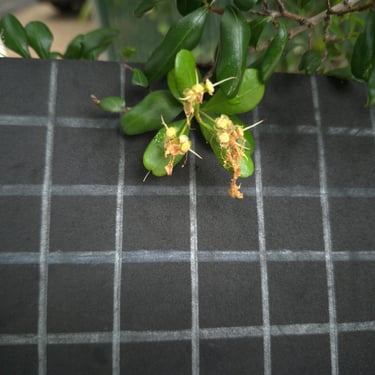
Flowers - late season, dead
Fruit - general
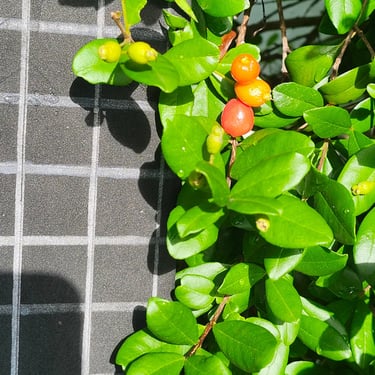
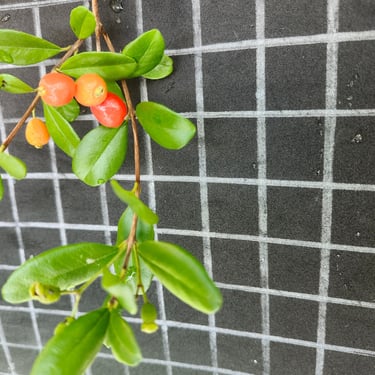
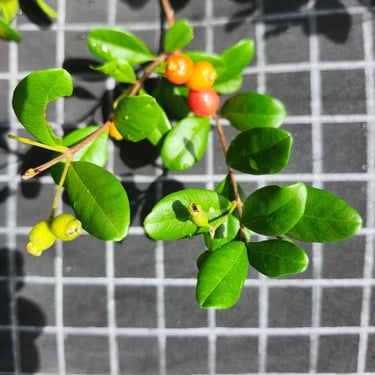
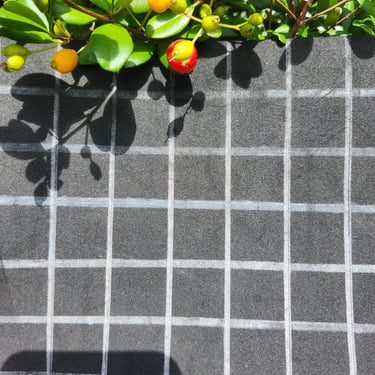

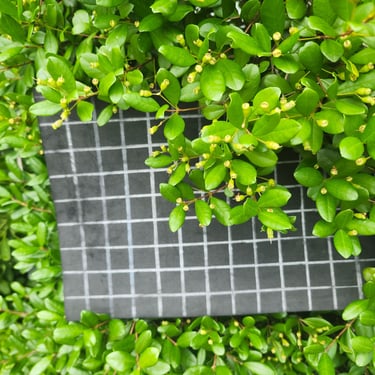
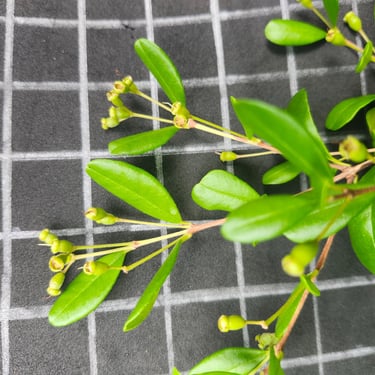


Fruit - early emergence
Fruit - late season, dead, open
Bark & Twigs
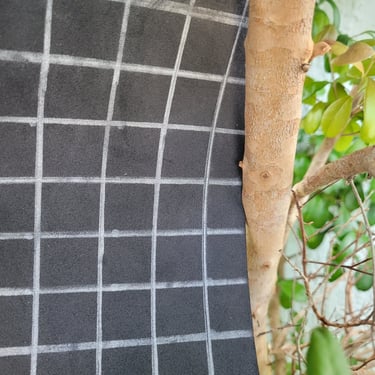
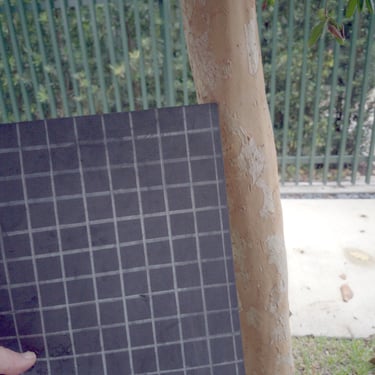
Variations, Key ID Features

